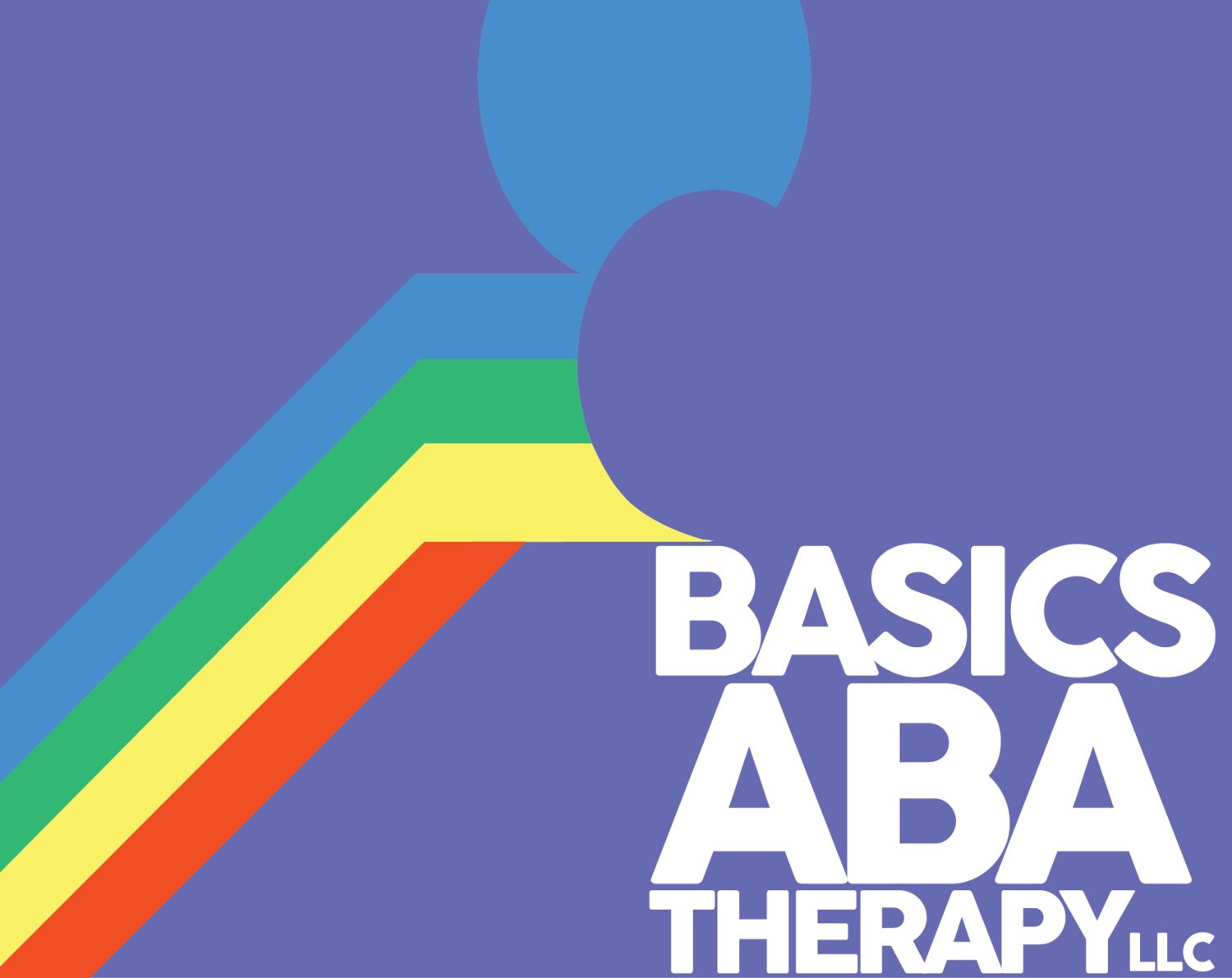I'm pretty amazing. I've been a BCBA since 2009 and in the field since 2002. I get asked to be a Keynote Speaker at conferences, I have a great Trauma Informed Behavior Management Handbook, I give incredible webinars, and I'm an excellent clinician. I've been amazing for a very long time, but recently strangers are approaching me to tell me. I'm supposed to say it's humbling. The reality is it makes me feel great- and scared!
I've been on several podcasts recently and am starting to have people find me at conferences or emailing me to say they are a "fan" When I was at my last conference, I walked past a group of young people whispering "Is that Saundra Bishop?" "I think so" "Look at her name tag". I recently showed up at another conference and was walking with my mask and no name tag and 3 people recognized me.
Being recognized for my hard work, skills, and experience makes me feel good. I'm a human after all. It also makes me feel grateful that my work will reach providers- particularly new ones who can start their careers doing ABA in a kind, compassionate way with a focus on self advocacy and reform. Being listened to means I have the opportunity to effect real change in the field. It also honors the fact that I am on the right track with my ideas.
But, it's also scary. Imposter Syndrome pops in. I was literally on the phone with my therapist discussing my Imposter Syndrome and someone important in the field walked past me and interrupted my call to tell me they were a fan. My therapist said "ummm…if you are an imposter you're really good at it." It's also a big responsibility. People care about what I say, so I can't idly gossip or say things off the cuff. That's best practice anyway in professional settings- but extra true now. Please hold me accountable if it happens while we are chatting.
As a little girl, I was always told I needed to be quieter, and be less of a know-it-all no matter how much I knew, and be smaller. I still battle that and I think it's important to buck that system and own the awesome.
I still feel a bit nervous admitting I haven't always been an expert or the world hasn't always realized it. I feel extra vulnerable admitting I sometimes feel anxious about it. But, I think as leaders we need to take ourselves off the pedestal a bit. I'm honestly super great. I don't always remember that. And I can always be better. And it's the same for every leader in our field.
You can learn more about this topic in my webinar The is No Old ABA


